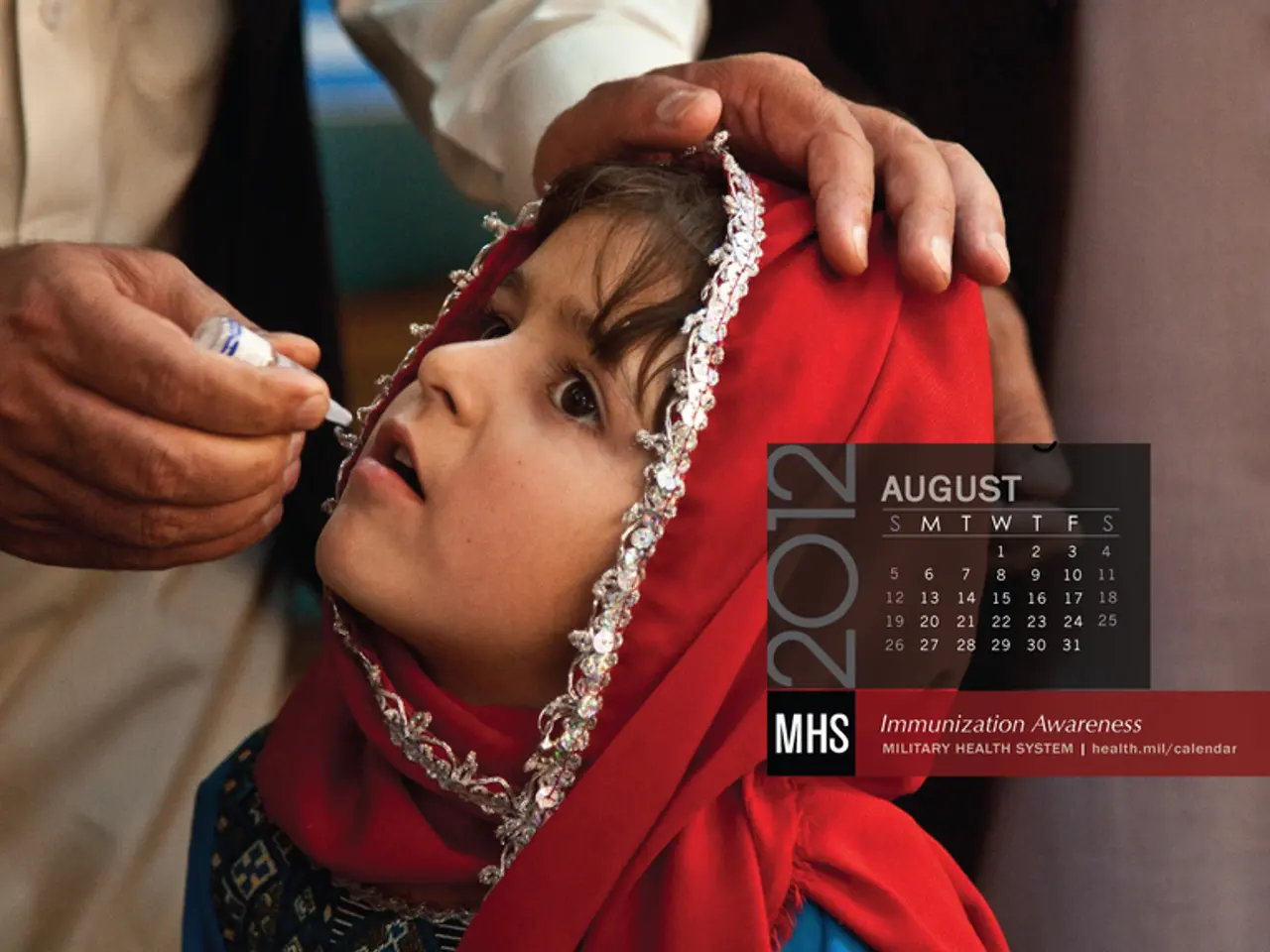Misinformation Now Pose Greater Danger Than COVID-19's Surge
In the face of a recent uptick in COVID-19 cases in 2025, India is taking a proactive approach to manage the disease as an endemic, focusing on preventing severe outcomes and controlling transmission.
The surge in cases is primarily attributed to the emergence and spread of new Omicron subvariants, specifically NB.1.8.1 and LF.7, which are more transmissible but generally cause mild to moderate symptoms. Active cases have risen significantly in states such as Kerala, Maharashtra, Delhi, Tamil Nadu, Gujarat, Karnataka, and major cities like Mumbai, Chennai, and Ahmedabad.
The impact of these new variants has led to a sharp increase in infections, with active cases rising from a few hundred in May to several thousand by August 2025. However, hospitalizations have remained relatively low, and the majority of infections have been mild, often manageable at home. Vulnerable groups with pre-existing health conditions or weaker immune systems face a higher risk of complications.
To combat this, India is implementing several strategies. Enhanced genomic surveillance and testing are being emphasized to track variant spread and detect new mutations early. Vaccination and booster campaigns are being boosted, especially targeting at-risk populations, to reduce severe illness and transmission. Public health communication is being reinforced to promote COVID-19 appropriate behaviors, such as mask-wearing, social distancing, and hygiene.
Healthcare preparedness is also a key focus, with efforts to ensure adequate hospital capacity, oxygen supply, and availability of essential medicines to manage potential surges in severe cases. Transparency and data sharing are essential to maintain public awareness and trust, with regular, open communication of case numbers, variant prevalence, and health advisories.
In addition to these measures, India is addressing the threat of misinformation, which can spread faster than any virus. Partnerships with the Press Council are being established for verified health journalism fellowships. Community Radio is being leveraged for tribal belts to combat misinformation. A 24x7 multilingual rumor-audit cell called SWASTH Soochna has been set up to issue myth-busting infographics within 2 hours. AI-driven social-listening dashboards are being used to monitor social media for misinformation.
Moreover, annual respiratory vaccine bundles (influenza quadrivalent + pneumococcal + COVID) are being provided to adults over 60 and those with comorbidities under AB-PMJAY, delivered through Health & Wellness Centres. To strengthen this effort, 750 district epidemiologists are being trained under the Field Epidemiology Training Programme.
In conclusion, India's approach to the current COVID-19 surge is characterised by a balanced, evidence-based public health strategy that prioritises calibrated, science-led vigilance and an iron-clad information hygiene regime to protect vulnerable cohorts and preserve public confidence. The National Curriculum Framework 2025 revision is also underway, with "Digital Public Health Literacy" modules being introduced in NCERT Class VIII and above civics to educate students about the importance of public health in the digital age.
Advancing beyond the current surge, India is harnessing science as a mainstay in its strategy, with genomic surveillance and vaccination playing crucial roles in managing Omicron subvariants and limiting severe health outcomes. Simultaneously, the government is focusing on health-and-wellness measures, including promoting digital public health literacy among students and combating misinformation with verified health journalism and AI-driven social-listening tools.




